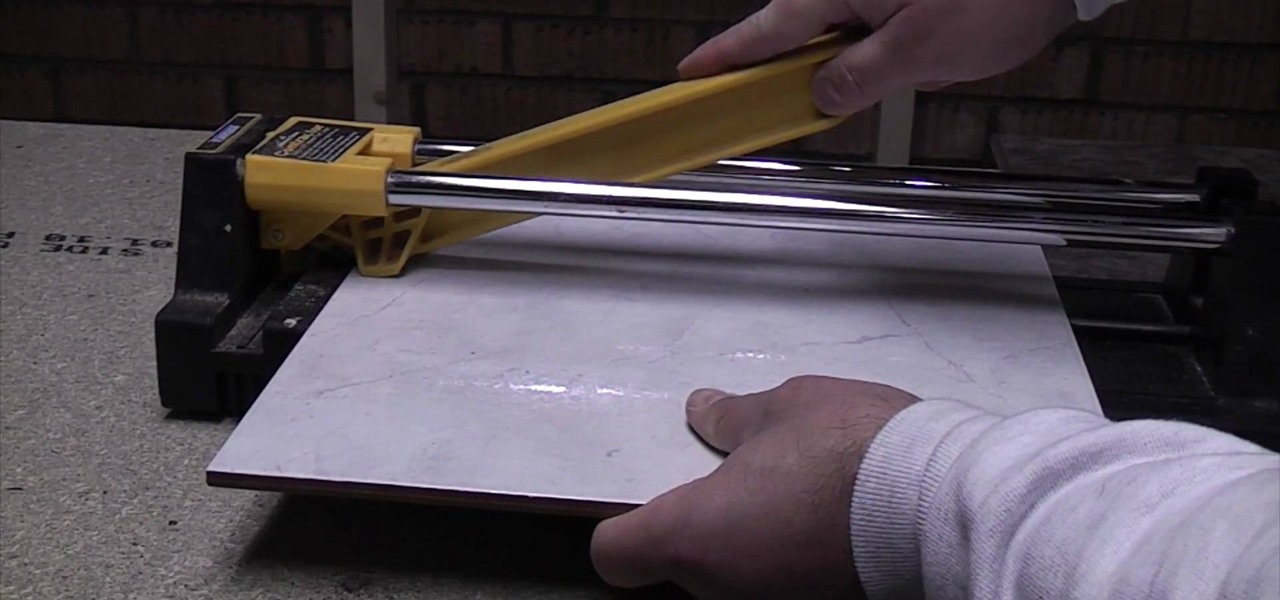
If you suspect a ceiling leak, there is a number of steps that you should take. First, you should make a small inspection hole and look for damaged pipes or seals. If you find no problems, it's time to fix the roof and gutters. Drywall repair involves removing damaged wall and replacing it with a brand new one. You should also check for damaged drywall in other areas. Once you find the problem, it is time to contact your insurance provider for a quote on repairs.
Signs
Ceiling leaks can be detected if your ceiling is discolored and wet. It is possible that water has entered the building from below and traveled a significant distance before it gave any indications. Mold growth is another possibility. These signs may be subtle, but it is best to investigate the issue as soon as you see them. These are signs that your ceiling is leaky. These are the steps to spot them.
Sagging Ceilings - You may have a ceiling leak if you notice stains on your walls, around windows, and in corners. This can be an indication of a water leak, and it should be addressed promptly. You could end up with a mess and damage to your home structure. Look out for signs of hidden water damage on walls and ceilings. These signs may indicate a leak from above, which can lead to other problems such as damp in the house.

Causes
The leak is most likely in your roof or pipes if water comes from your ceiling frequently or intermittently. To prevent water from getting into the pipes that are causing it, close the valve. While you wait for a plumber to arrive, temporary solutions can be set up. If you suspect that water is coming out of your ceiling due to a leak, make sure you dry the area completely before trying to fix it.
Your ceiling will see the footprint of roof damage as a damp spot or brown spot. If you do nothing to address the issue immediately, you may end up with a damaged ceiling. If you fail to spot a ceiling leak within a reasonable time frame, you can look at other common ceiling leak causes to determine the cause. Listed below are some of the most common causes.
Repairs
Detecting and fixing ceiling leaks is an easy process if you know the warning signs of water damage. You should have the ceiling repaired as soon possible if you notice water spots. Water stains can be easily detected by a plumber. Water damage to the ceiling can be caused by either a leaking pipe, or from a roof that is above the ceiling. It is possible that the ceiling is suffering from water damage, such as rust-colored stains and watermarks.
Identifying the source of the leak is crucial for determining the extent of the problem and repairing it properly. Large liquid leaks can leave behind water that cannot be completely removed. This water can cause uneven drying and other problems. The task will be easier if you use rags to clean off the ceiling. Moreover, the dripping water will help you pinpoint the exact location of the leak. You can then attempt to repair the leak by calling a professional.

Insurance coverage
You can get insurance coverage if a ceiling leak is discovered after a major storm. First, identify the source of your problem. First, identify the cause of the problem. Next, make any temporary repairs necessary. Keep all receipts. The claims adjuster might need to meet you, so make sure to be prepared to talk about your case. Nationwide offers an easy online quote tool.
Your home insurance policy may not cover flooding from sudden events, but it might cover damages caused by toddlers. For instance, an appliance malfunctioning would not be covered by your insurance company. The same goes for a leaking ceiling caused by an appliance, such as a washing machine or a refrigerator. In order to prevent water damage, your insurer will want to know that the roof is regularly maintained.
FAQ
What happens if a handyman causes damage and I am unsatisfied with his work?
Notify your contractor immediately if there is a problem with the project. It is a good idea to keep a detailed log and include photographs. Contact your insurance company to file a claim.
Are handymen insured?
Yes! Most insurance companies cover liability claims up to $1 million for accidental property damage and bodily injury. This means that if something goes wrong during the course of the project, your insurance company will generally compensate you for the damages caused.
Where are handymen from?
There are thousands and thousands of handymen throughout the U.S. But almost none of them started their career as contractors. Most of them started out as a tradesman. They learned the craft through apprenticeships. This means that they are often highly skilled and have a lot of knowledge. They can be valuable assets to any company.
Who will complete my handyman work?
A professional handyman is the best choice if you need someone to do a single job like fixing a faucet or replacing a light fixture. If you need multiple jobs, such as repairing a roof or installing new floor tiles, you might consider using a handyman service.
Handyman Services can provide ongoing support for those in need, including maintenance.
Statistics
- An estimate was that in 2003, the market for home maintenance and repair spending was up 14% 2001 to 2003. (en.wikipedia.org)
- A franchise was approximately $110,000 with a franchise fee of $14,900, according to a spokesperson for a national handyman franchise. (en.wikipedia.org)
- Our handyman services for seniors are provided by professional senior helpers who have been serving the community for over 20 years with 98% customer satisfaction. (cantatahomeservices.org)
- “Once the pandemic hit, that number fell to about 20%.” (inquirer.com)
- Another estimate was that the market in the United States was $126 billion and was increasing by about 4% annually. (en.wikipedia.org)
External Links
How To
How to replace a damaged tile
Step 1: Remove the old tiles.
The tiles should be removed from the flooring and placed aside. If you intend to use them, you will want to keep them intact. It's important to note which parts are missing or damaged in order to be able to find the right replacements.
Step 2 - Choose New Tiles
Look at these different options for replacing tiles.
-
Find a tile that is identical to the one you are removing.
-
To match a tile, you can use the measurements you took after removing it. This makes it easier to get the right size without having to measure again.
-
Find colors, patterns textures, sizes and shapes in all possible combinations.
-
Consider what grout you'd like to use (if any). Some people like a consistent color while others prefer mixing it.
-
Choose a tile that resists moisture.
-
The final thing to consider is the location of the tile. It will save you time and money if you make sure there's enough space for the proper installation.
-
Once you've picked your tile, place an order online or call your local Lowe's location to place it.
Step 3 - Place the tiles.
To install your tiles, follow the same procedure as before. Be careful to align them properly so they fit together perfectly.
Step 4 - Clean up
Be sure to vacuum up all crumbs and debris before applying the last layer.
This will prevent dust and dirt from building up between the tiles.
Step 5 -- Sand the Floor
After cleaning everything, sand down the floor to remove any loose particles left behind by the previous step.
Step 6: Finish off
Once the floor has been completely smoothed, apply the protective coatings on the tiles. It is important to wait before you apply the protective coatings.
To help prevent stains, you could always use a product called 'damp-anddry' on your floors.
It will not address all problems that may arise once your tiles have been installed. You might want to add an anti-slip coating to the protective layer if there are a lot of children.
Finally, don't forget to keep your protective sealer in place for several weeks before moving into your new home.